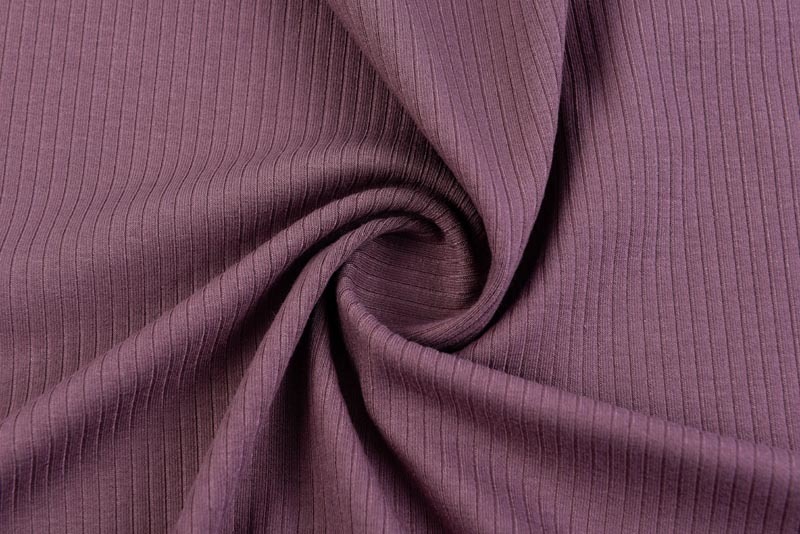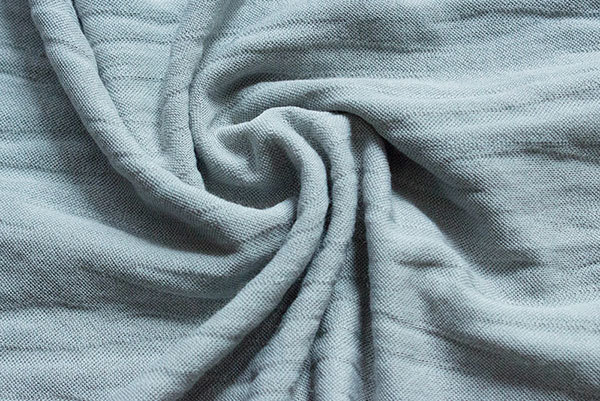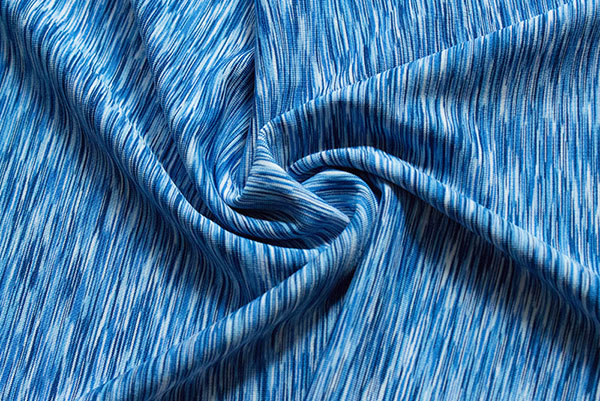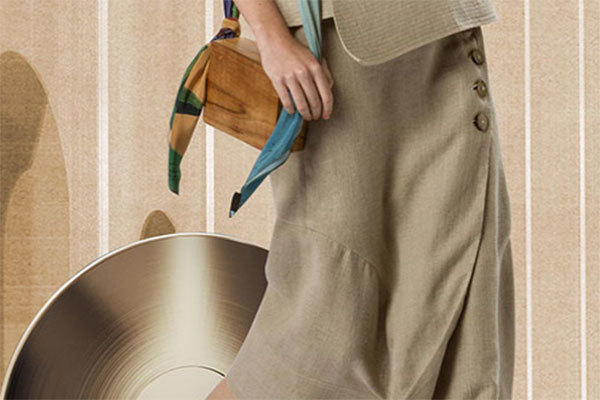Knowledge of post dyeing finishing and shaping
In actual production, it is impossible to have completely no difference in dyeing size samples, and effective methods should be taken to correct it. The commonly used solutions are summarized as follows:
1、 Cleaning method
1. Cold water cleaning
In cotton and its blended fabrics, when the cotton components are dyed with direct or reactive dyes, they may appear floating or dull in color. Generally, further washing or adding 0.5-1L of anti staining cleaning agent LEFIMIN to the water bath is recommended. If the water hardness is relatively high, a chelating dispersant of 0.5-2g/L can be added to improve it. Avoid using turbid river water or high hardness deep well water.
2. Warm water cleaning
When dyeing polyester blended fabrics, there are many types of dyes and additives used, which can be washed at 40 ℃ to facilitate the dissolution of residues on the fabric. Cellulose fibers are dyed with direct blended dyes. If the overall color of the large sample is darker than that of the small sample, the color can be similar after washing with warm water, which can also improve color fastness to a certain extent.
3. Hot water cleaning
Hot water cleaning is mostly used for dyeing silk or synthetic fibers and their interwoven fabrics with acidic, direct, and alkaline dyes. If the color is darker and 1-2% of the dye needs to be removed, hot water washing at 70-80 ℃ can be used. 0.3-0.5L of flat dye 0 (leveling agent) can be added to the hot water bath of silk fabrics; Polyester, nylon, and other synthetic fiber blended fabrics can be added with 0.5-1.0L of repair agent or dyeing carrier. Due to the low amount of additives added in the hot bath, the fabric only needs to be washed with flowing water to room temperature. If the dyed fabric is treated with cationic fixing agents and softeners, it is best to add 2-4L of dispersant DAM in the hot bath. In principle, hot water washing (repair) should be carried out on the original dyeing equipment, such as nylon spinning, acetate fibers, and their interwoven silk fabrics. If the overflow machine (rope like) is used for hot water washing, it will cause permanent creases in the fabric.
2、 Additive addition method
1. Add electrolyte
(1) Dyeing cellulose fibers with direct dyes often results in insufficient depth of dyeing samples. If there is still dye in the dyeing bath, 1.5-5.5Og/L electrolytes (NaCl, Na2SO4) can be added to promote dyeing. This is very effective for salt effect direct dyes, such as direct light fast yellow 3RLL, orange (L, bright red BNL, red 4BL, ruby RNLL, purple BL, blue BL, B2RL, sky blue G, emerald blue GL, green 5GLL, green GL, gray 4GL, gray GB, etc. For temperature effect direct dyes, a certain temperature needs to be maintained.
(2) Dye protein fibers with acidic dyes, or acrylic fibers with alkaline or cationic dyes. If the color of the dyed sample is too dark or uneven, an additional 3-6g/L Na2SO4 can be added to fade or even dye.
2. Add acetic acid
(1) Dye protein fibers such as silk and wool with acidic dyes. If the dyeing sample is too light and there is still residual color in the dye solution, an additional 98% acetic acid solution of 0.5-2mL/L can be added to promote dyeing. Before adding, the steam valve must be closed, diluted with 10 times cold water, and slowly added while the dye is running to avoid causing new color spots.
(2) Dye cellulose fibers with K-type and KN type reactive dyes. If the sample is too deep, 2-3 mL/L of 98% acetic acid can be added. Treat at 90-95 ℃ for 3 minutes to promote partial bond breaking and fading of the dye, generally reducing the color by about 20%.
(3) When dyeing silk with alkaline dyes or acrylic fibers with cationic dyes, if the bulk sample is too deep, 2-3 mI/L acetic acid can be used and treated in a warm water bath at 4JD-60 ℃ for 2-3 minutes to dissolve the dye and reduce the brightness by 20% to 30%.
Summary:
In actual production, it is impossible to have completely no difference in dyeing size samples, and effective methods should be taken to correct it. The commonly used solutions are summarized as follows: 1、 Cleaning method 1. Cold water cleaning
Author:
Source:
Date:
2023-08-28
Other information







